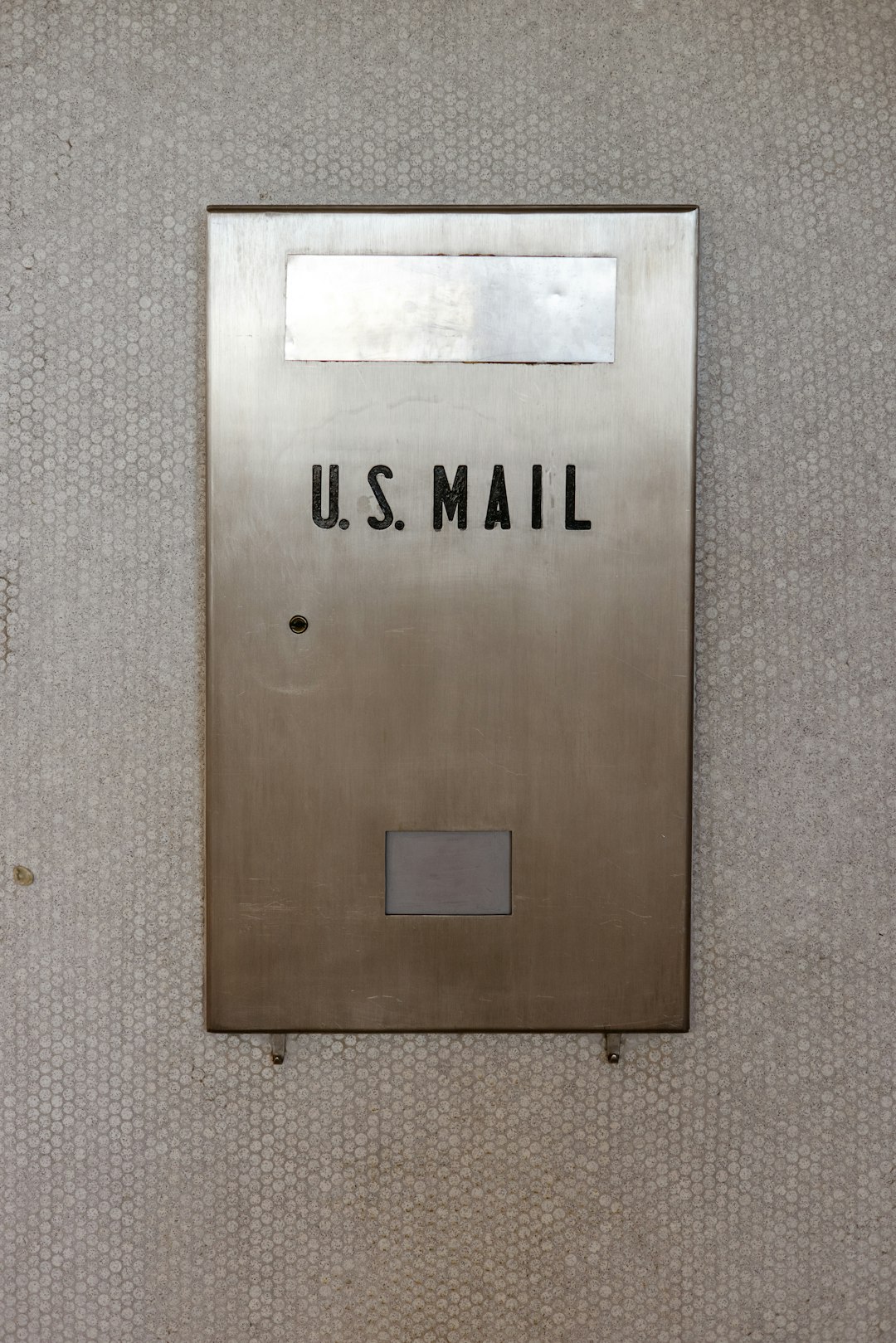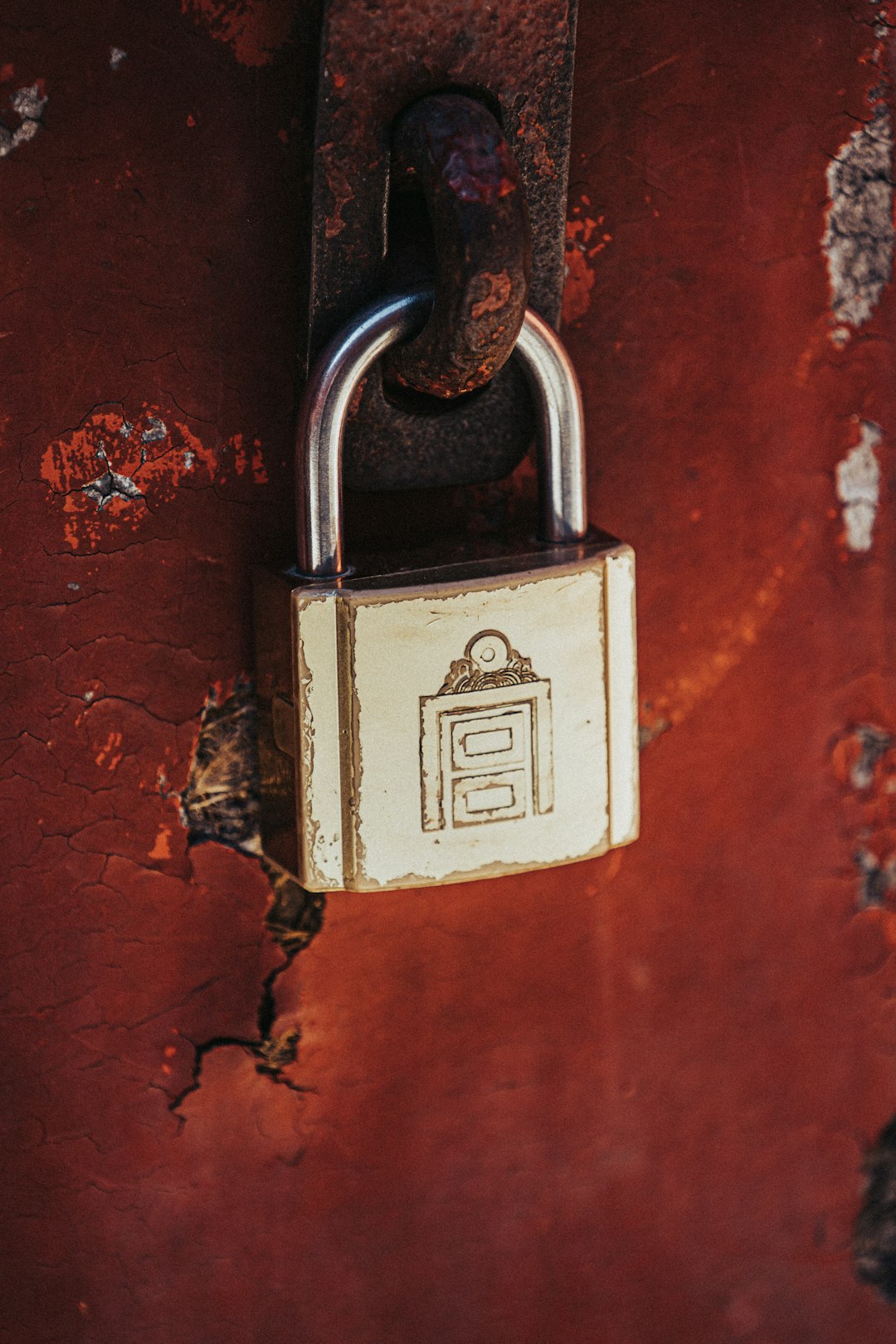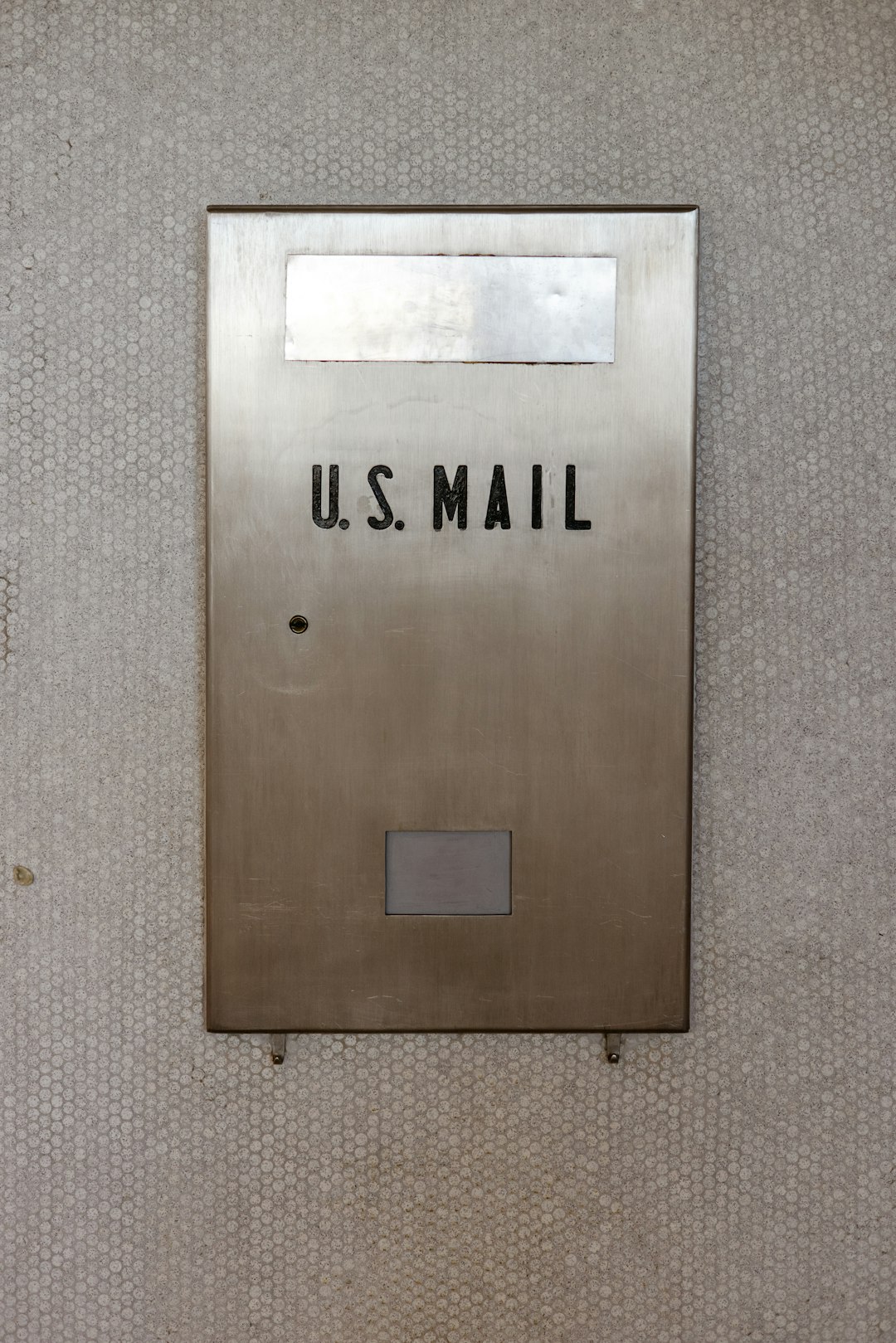Each year, phishing and email scams become more sophisticated, and 2025 is no exception. Gmail remains one of the most popular email platforms in the world, which unfortunately makes it a favorite target for scammers. Whether you’re an average user or a tech-savvy professional, it’s crucial to know how to spot and avoid Gmail scams to protect your personal information and financial wellbeing.
In this guide, we’ll explore the most common types of Gmail scams in 2025, the telltale signs of fraudulent emails, and best practices for securing your inbox.
Why Gmail Is a Target for Scammers
Gmail has over 1.5 billion active users as of 2025, making it a goldmine for cybercriminals. Scammers exploit Google’s wide ecosystem—Gmail, Google Docs, Google Drive, Google Calendar—by embedding their phishing attempts within these interconnected services. This seamless integration makes it easy to disguise malicious links and deceive even cautious users.
Moreover, Google’s spam filters, while advanced, are not foolproof. Some well-crafted phishing emails can bypass filters and sneak into your inbox.
Common Gmail Scams in 2025
Being able to recognize common scams is the first line of defense. Here are the most prevalent Gmail scams making rounds in 2025:
- Account Verification Requests: Posing as Google, scammers send emails claiming your account needs verification or it will be disabled.
- Fake Security Alerts: These warn about suspicious log-in attempts and often include a link to “Check Activity.” The link leads to a phishing page.
- Attachment-Based Malware: Emails that include dangerous attachments disguised as invoices, receipts, or documents.
- Google Drive Sharing Scams: A scammer “shares” a document that contains malicious links or lures victims into entering credentials.
- Gift Card and Prize Frauds: Emails claiming that you’ve won a prize or need to respond to claim gift cards.
- Business Email Compromise (BEC): Impersonating a company executive or coworker asking for urgent financial transactions.

How to Spot a Gmail Scam
Even the most convincing scams include subtle red flags. Train yourself to look out for the following:
1. Suspicious Email Address
Scammers often create email addresses that mimic legitimate sources. A message from “support@google.com” is trustworthy, but “support.g00gle.verify@gmail.com” is obviously fraudulent. Always double-check the email address before taking any action.
2. Urgent or Threatening Language
Emails that invoke fear or urgency—like “Your account will be deleted in 24 hours” or “We detected suspicious activity”—are common phishing tactics. Their goal is to prompt quick, thoughtless reactions.
3. Grammar and Spelling Mistakes
Bad grammar, awkward sentence structures, and typographical errors are hallmark signs of a scam email. Reputable companies rarely make these mistakes.
4. Dubious Links and Attachments
Before clicking any link, hover your mouse over it to inspect the real URL. If it has nothing to do with Google or the content of the message, it’s a red flag. Attachments in scam emails often carry malware disguised as legitimate files.
5. Generic Greetings
“Dear user” or “Valued customer” are signs the sender doesn’t know who you are. Authentic emails from Google typically address you by name and often reference specific activity about your account.
What to Do If You Receive a Suspicious Email
If you suspect that you’ve received a scam email in your Gmail inbox, take the following steps:
- Do Not Click Links or Download Attachments. This is the most important rule. Even previewing attachments can be risky in some cases.
- Mark It as Phishing. Open the email, click the three dots near the top right corner (next to the reply arrow), and select ‘Report phishing’.
- Delete the Email. There’s no benefit in keeping it lingering in your inbox—delete it immediately.
- Change Your Password. If you’ve already clicked on a suspicious link or entered any personal data, change your Gmail password immediately and enable 2FA.
Best Practices to Avoid Falling Victim
Prevention is always better than cure. Follow these steps to maintain tight control over your Gmail account security:
1. Enable Two-Factor Authentication (2FA)
This adds a second layer of security to your account. Even if someone steals your password, they can’t access your Gmail without the second verification method.
2. Use a Password Manager
Password managers not only create strong unique passwords, but they also help recognize when you’re not on the legitimate Gmail login page.
3. Check Account Activity Regularly
Scroll to the bottom of your Gmail and click on “Details” under the Last account activity section. Look for any unfamiliar location or device accesses.
4. Review App Access Permissions
Go to your Google Account settings and review third-party apps with access. Revoke access to anything suspicious or no longer in use.
5. Educate Yourself and Others
Stay informed about the latest scams targeting Gmail users. Talk to friends, family, and colleagues about what to look out for and encourage them to report suspicious activity.

The Role of AI and Scam Detection in 2025
In 2025, Gmail’s spam detection systems have integrated advanced AI algorithms to detect scam patterns more efficiently. These systems continuously learn from user reports and known scam tactics. Still, sophisticated phishing attempts often imitate standard templates and trusted senders, allowing them to bypass these systems.
For example, AI-driven attacks might analyze your previous communication styles and generate highly believable emails using machine learning. These are known as “deep phishing” attacks. While AI improves security, it also gives scammers new tools to exploit. That’s why user vigilance remains essential.
What to Do If You Fall for a Scam
If you’ve already fallen victim to a Gmail scam, don’t panic. Act quickly:
- Change Your Password Immediately.
- Enable 2FA if You Haven’t Yet.
- Notify Your Contacts. Warn them not to click on links you may have unknowingly forwarded.
- Scan Your Devices. Run a reputable antivirus or anti-malware scan to make sure your system hasn’t been compromised.
- Contact Google Support. If your account is compromised, initiate account recovery and contact Google’s security support for guidance.
Conclusion
Gmail scams are evolving rapidly, becoming more deceptive and harder to detect. While Google’s security infrastructure continues to grow stronger, human awareness remains a key factor in preventing cybercrime. By staying informed, vigilant, and proactive, you can protect yourself from identity theft, data loss, and financial fraud.
Always remember: When in doubt, don’t click. Taking an extra minute to verify an email can save you hours—if not months—of damage control.

